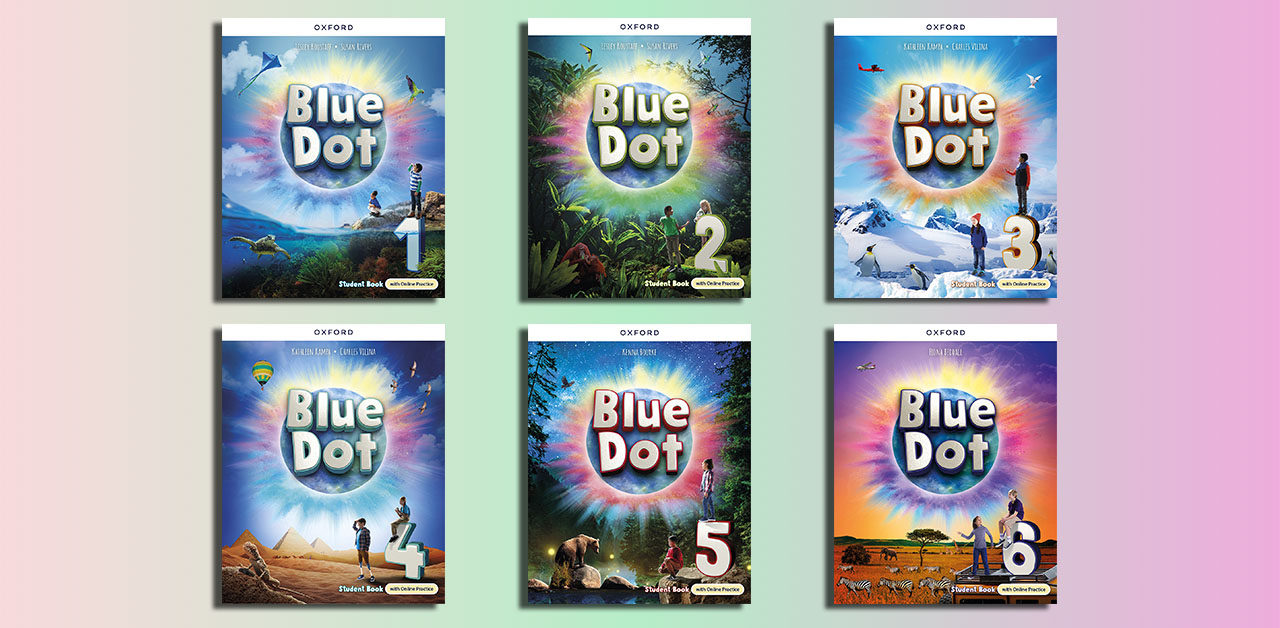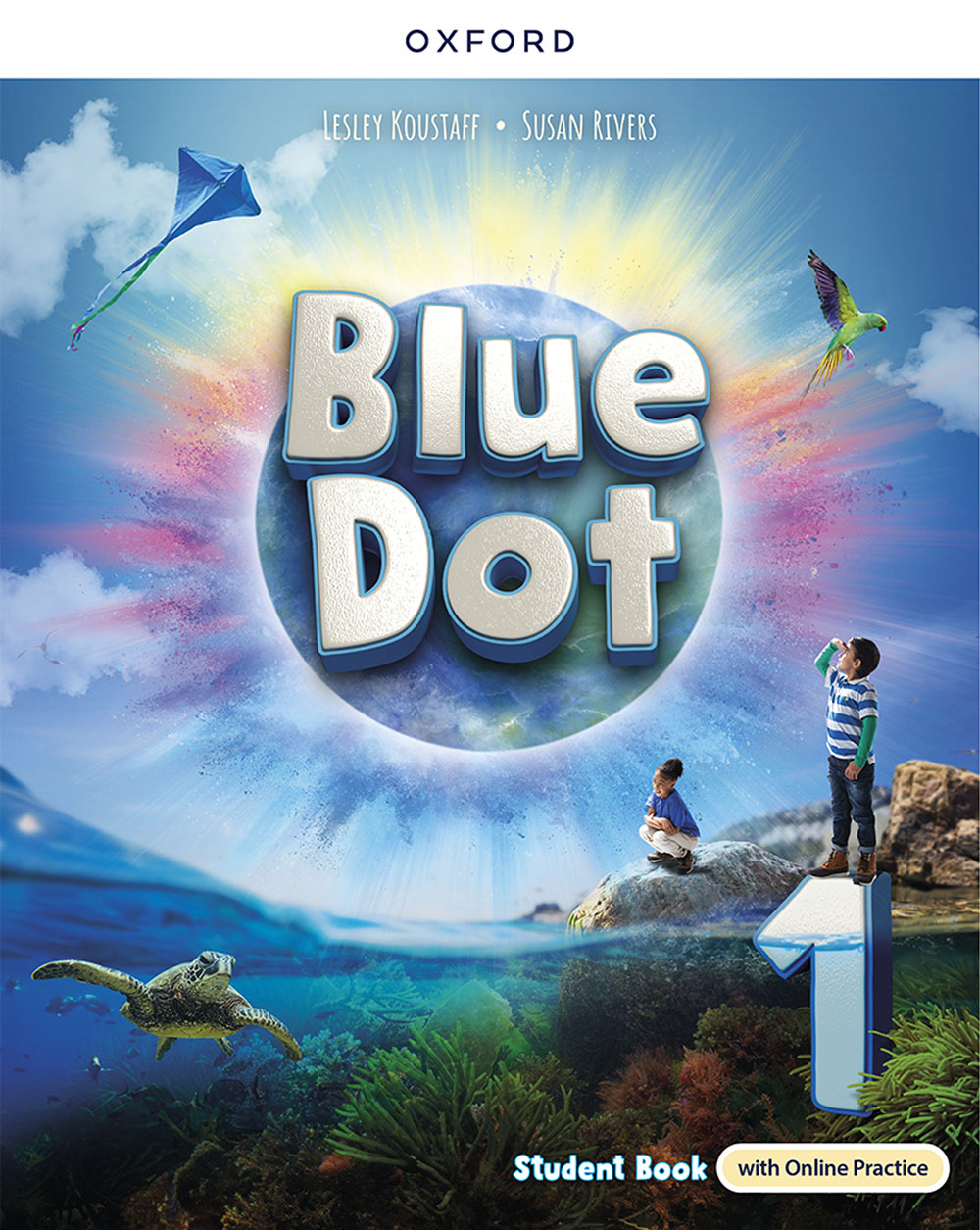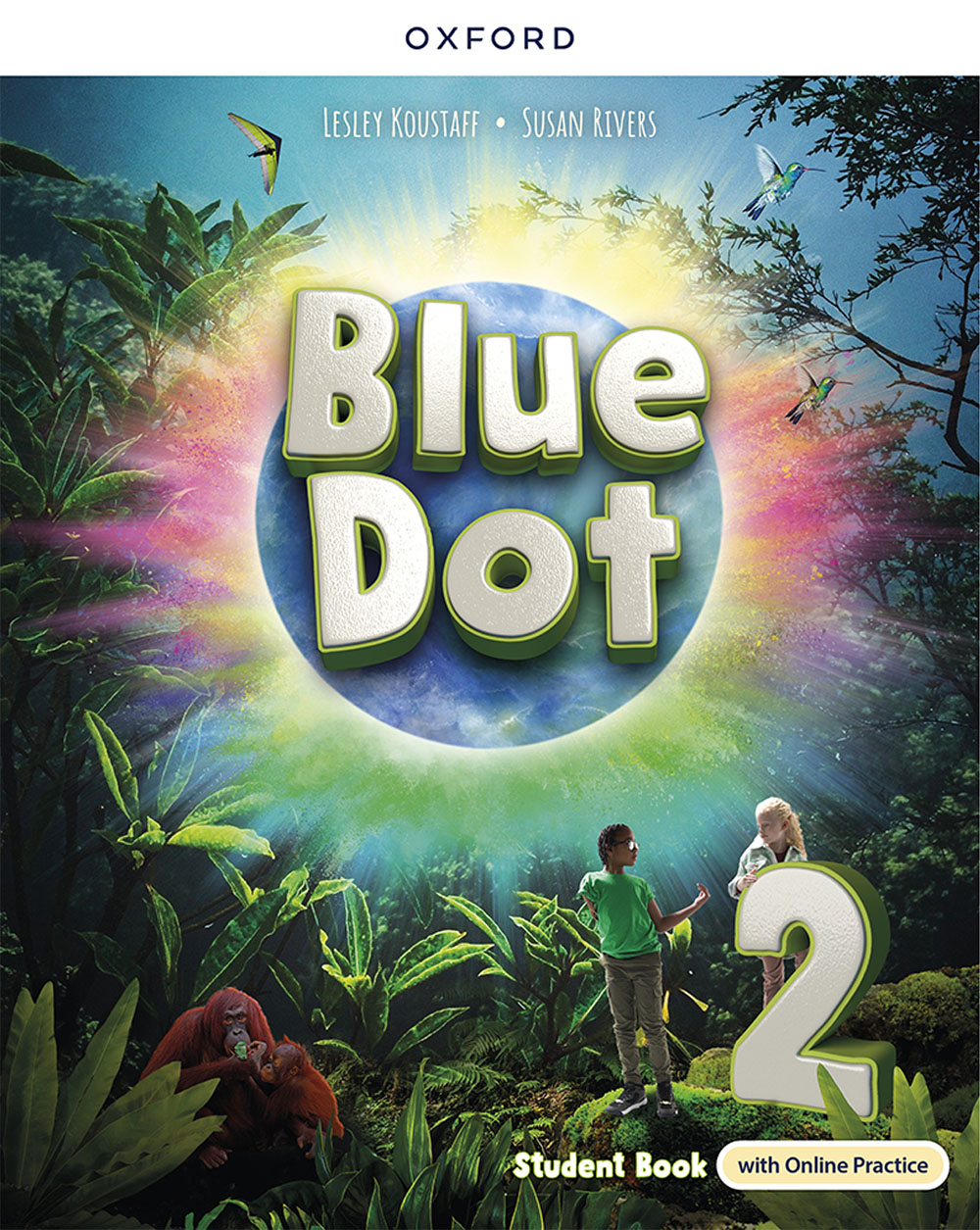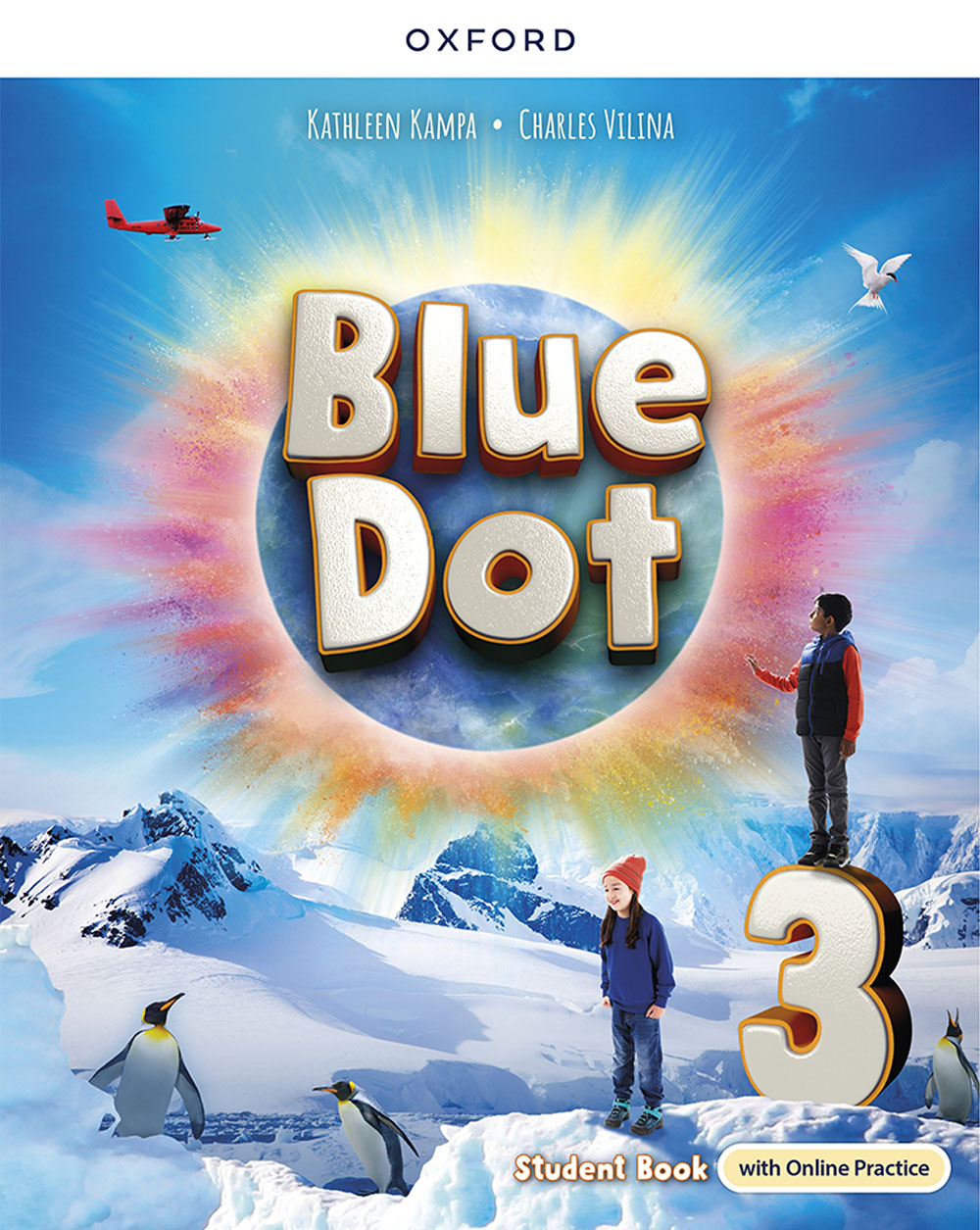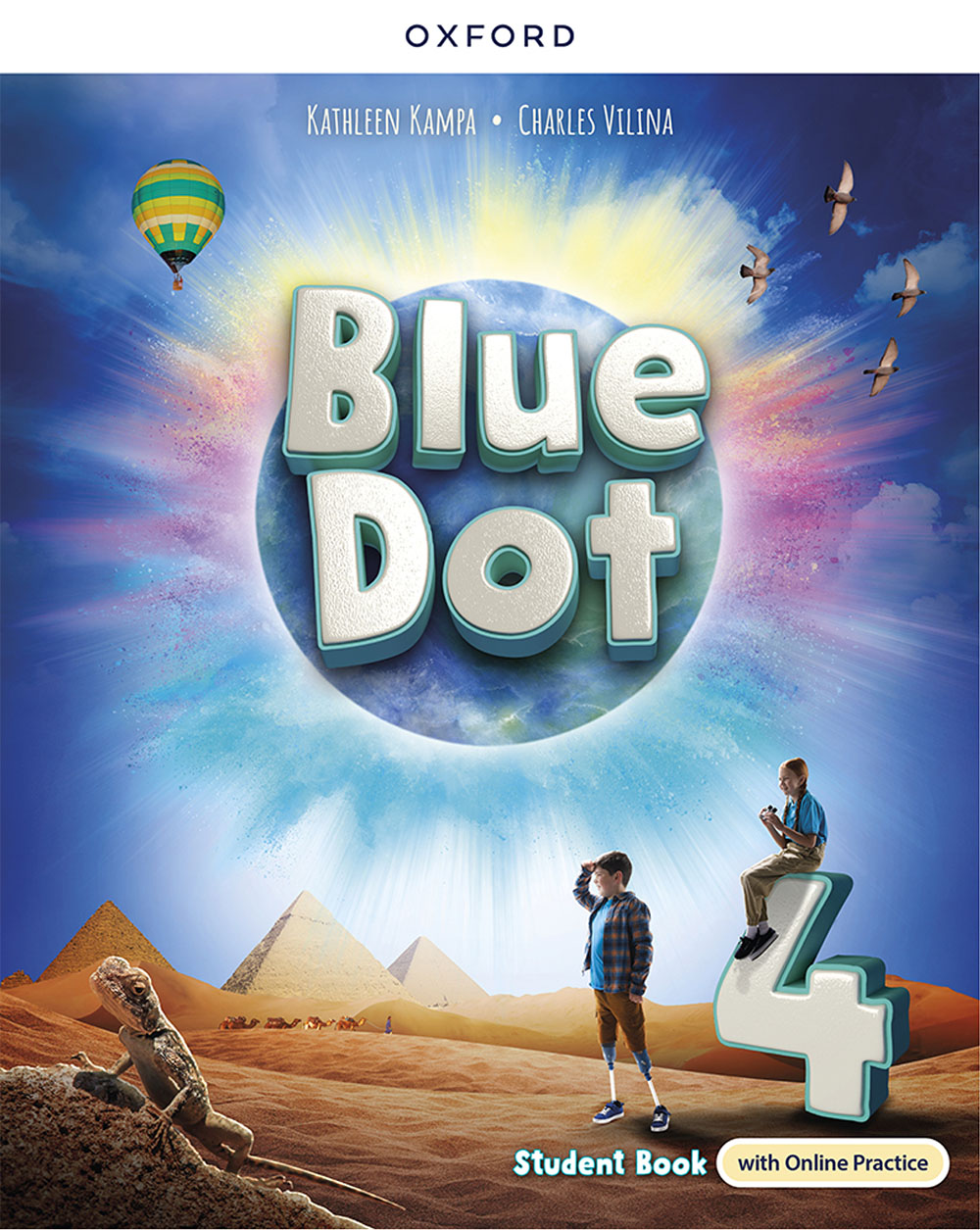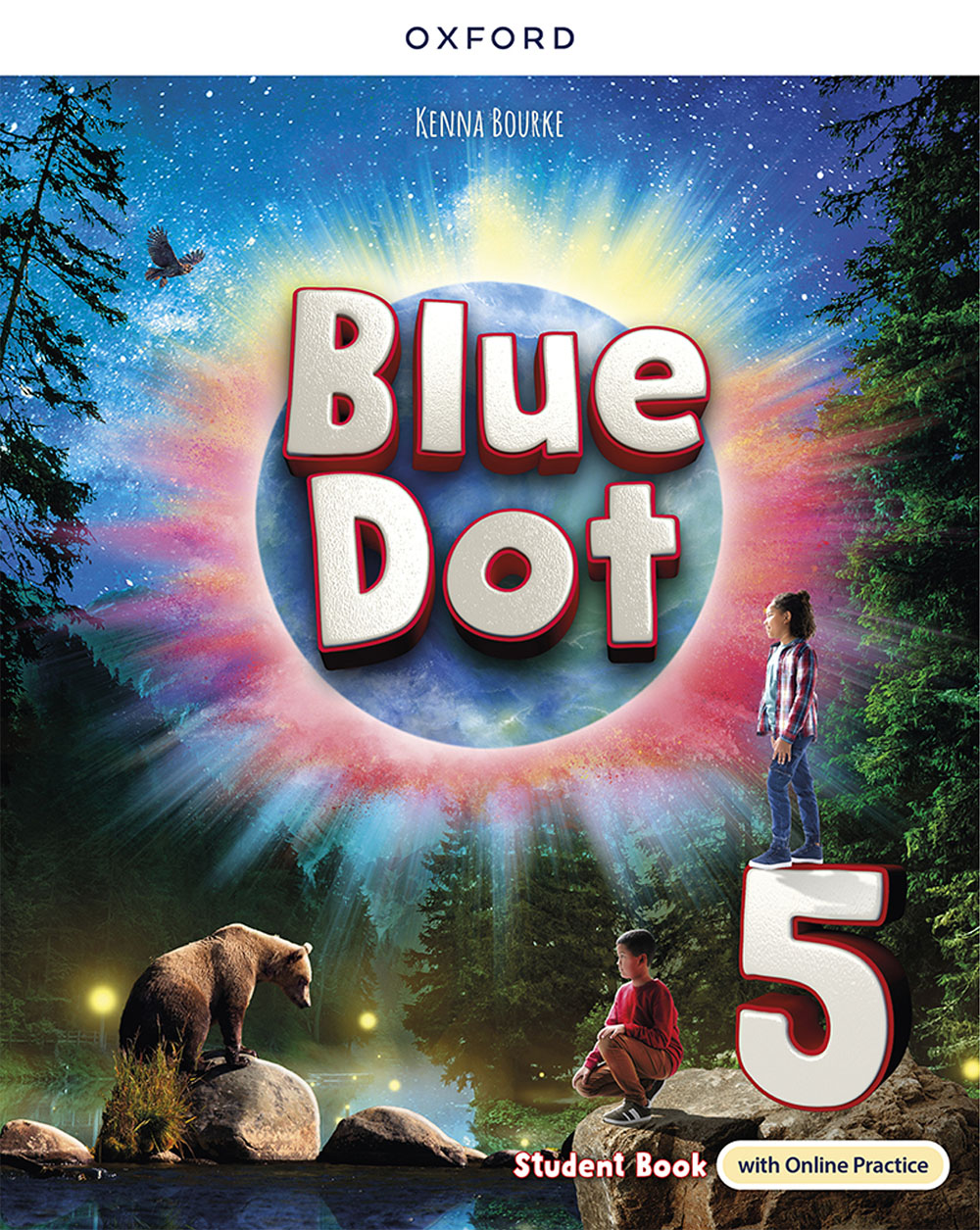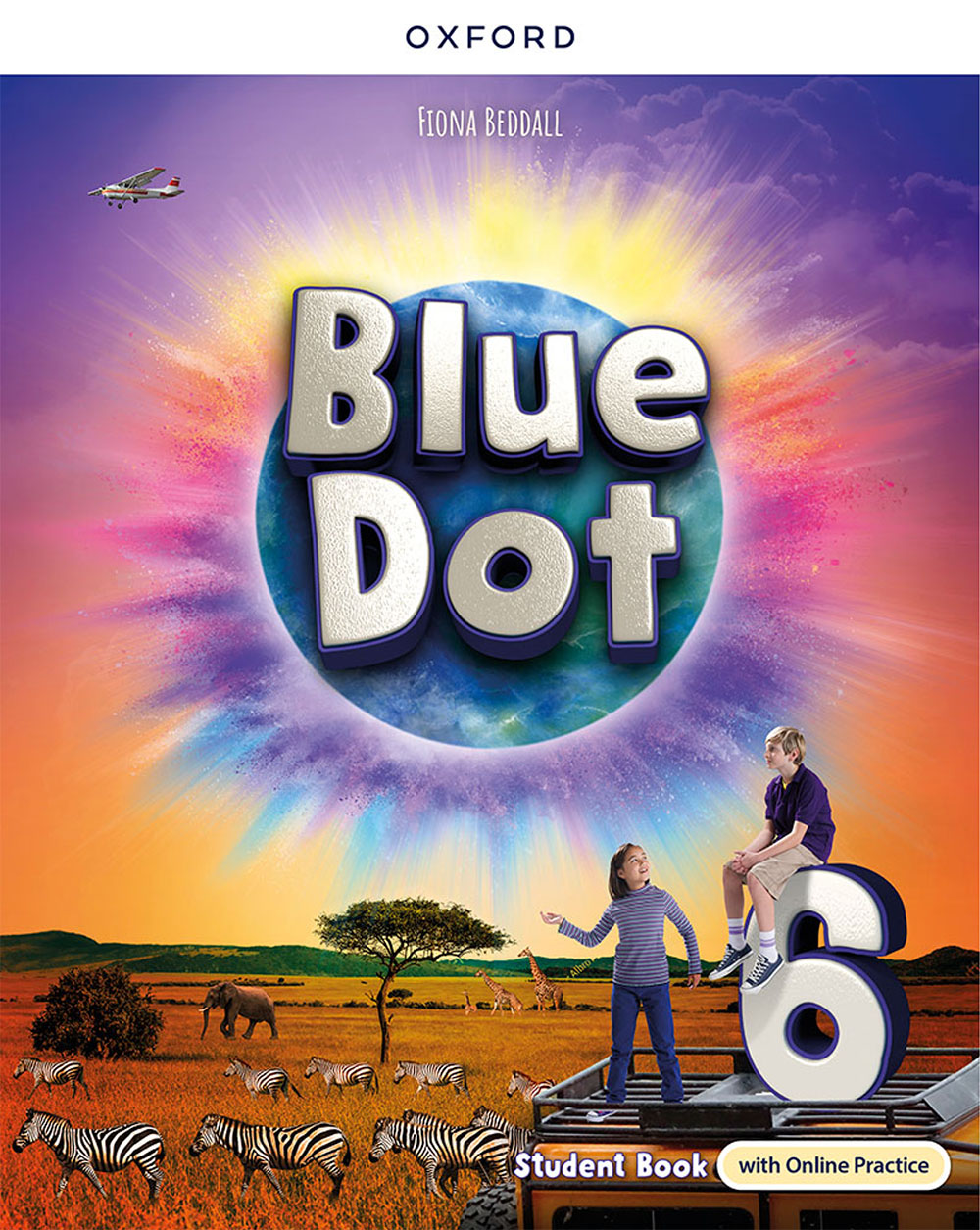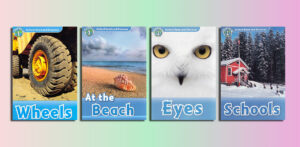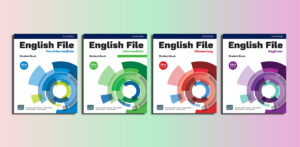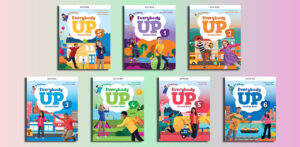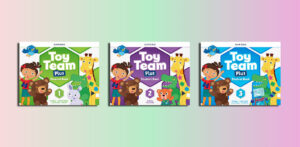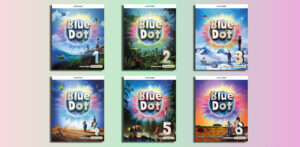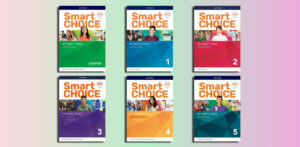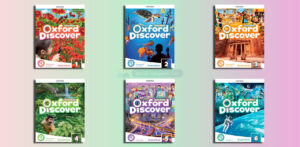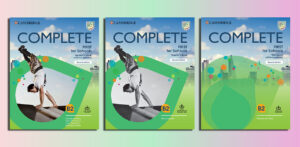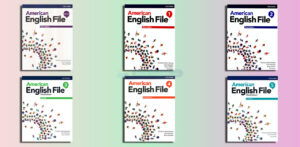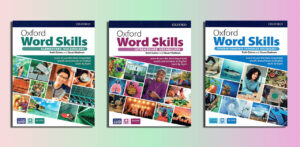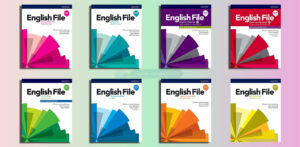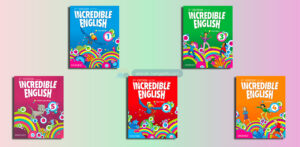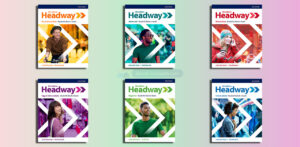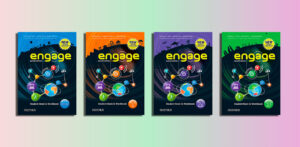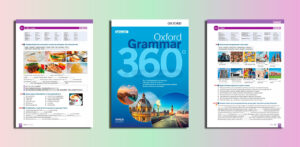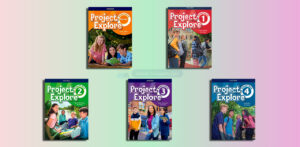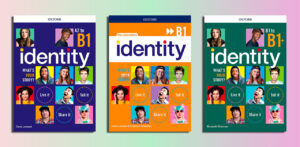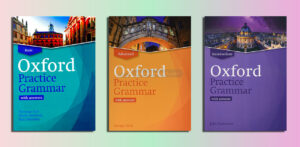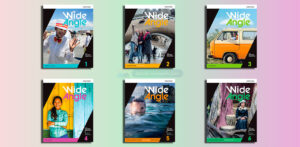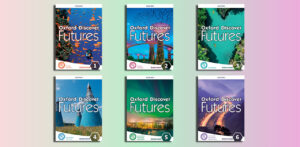Blue Dot (PDFs, Resources)
Level 1
Blue Dot 1 Assessment.zip
Blue Dot 1 Audio.zip
Blue Dot 1 Student’s Book.pdf – Sample: Click
Blue Dot 1 Teacher’s Guide.pdf
Blue Dot 1 Teacher’s Resources.zip
Blue Dot 1 Tests.zip
Blue Dot 1 Workbook.pdf – Sample: Click
Blue Dot 1 Worksheets.zip
Level 2
Blue Dot 2 Assessment.zip
Blue Dot 2 Audio.zip
Blue Dot 2 Student’s Book.pdf – Sample: Click
Blue Dot 2 Teacher’s Guide.pdf
Blue Dot 2 Teacher’s Resources.zip
Blue Dot 2 Tests.zip
Blue Dot 2 Workbook.pdf – Sample: Click
Blue Dot 2 Worksheets.zip
Level 3
Blue Dot 3 Assessment.zip
Blue Dot 3 Audio.zip
Blue Dot 3 Student’s Book.pdf – Sample: Click
Blue Dot 3 Teacher’s Guide.pdf
Blue Dot 3 Teacher’s Resources.zip
Blue Dot 3 Tests.zip
Blue Dot 3 Workbook.pdf – Sample: Click
Blue Dot 3 Worksheets.zip
Level 4
Blue Dot 4 Assessment.zip
Blue Dot 4 Audio.zip
Blue Dot 4 Student’s Book.pdf – Sample: Click
Blue Dot 4 Teacher’s Guide.pdf
Blue Dot 4 Teacher’s Resources.zip
Blue Dot 4 Tests.zip
Blue Dot 4 Workbook.pdf – Sample: Click
Blue Dot 4 Worksheets.zip
Level 5
Blue Dot 5 Assessment.zip
Blue Dot 5 Audio.zip
Blue Dot 5 Student’s Book.pdf – Sample: Click
Blue Dot 5 Teacher’s Guide.pdf
Blue Dot 5 Teacher’s Resources.zip
Blue Dot 5 Tests.zip
Blue Dot 5 Workbook.pdf – Sample: Click
Blue Dot 5 Worksheets.zip
Level 6
Blue Dot 6 Assessment.zip
Blue Dot 6 Audio.zip
Blue Dot 6 Student’s Book.pdf – Sample: Click
Blue Dot 6 Teacher’s Guide.pdf
Blue Dot 6 Teacher’s Resources.zip
Blue Dot 6 Tests.zip
Blue Dot 6 Workbook.pdf – Sample: Click
Blue Dot 6 Worksheets.zip
Blue Dot Teacher’s Resources.zip
Overview of the “Blue Dot” by Oxford
Contents
| ✅ Coursebook: | Blue Dot |
| ✅ Authors: | Lesley Koustaff, Susan Rivers, Kathleen Kampa, Charles Vilina, Kenna Bourke, Fiona Beddall |
| ✅ Publisher: | Oxford University Press |
| ✅ Levels: | Pre A1, A1, A2, B1, B2 |
| ✅ For: | Primary School |
| ✅ English type: | British English |
| ✅ Publication year: | 2024 |
“Blue Dot” is an innovative English language teaching (ELT) series published by Oxford University Press (OUP), designed to foster global citizenship and conceptual understanding in young learners. It integrates concept-based inquiry with language acquisition, encouraging students to explore universal themes like the environment, communities, and sustainability. The series emphasizes critical thinking, questioning, and real-world action, helping children become “changemakers” while building English proficiency. Unlike traditional ELT materials, Blue Dot combines storytelling, projects, and multimedia to make learning engaging and relevant.
Key Features
- Concept-Led Methodology: Students investigate patterns, make connections, and form lasting understandings about the world. This approach draws from inquiry-based learning, promoting autonomy and global awareness.
- Global Content: Includes rich audio, video, songs, and interactive resources to develop listening, speaking, reading, and writing skills in context.
- Focus on Action and Sustainability: Lessons encourage environmental responsibility and community involvement, aligning with themes like protecting the planet and collaborative problem-solving.
Blue Dot 1 Student’s Book
Who is suitable for “Blue Dot”?
Blue Dot by Oxford University Press is suitable for:
- Age Group: Primary school children aged 6–12 years.
- Learners: Young students learning English as a second or foreign language, particularly those in primary education settings.
- Skill Level: Beginners to intermediate learners across 6 levels, catering to varying English proficiency.
- Educational Context: Ideal for classroom use in schools or language programs emphasizing inquiry-based learning and global citizenship.
- Interests: Students curious about universal themes like the environment, communities, and sustainability, who benefit from interactive and conceptual learning.
- Teachers: Educators seeking flexible, engaging materials to teach English while fostering critical thinking and real-world action.
It’s designed for young learners who thrive in environments combining language development with exploration of global issues through stories, projects, and multimedia.
Blue Dot 2 Student’s Book
The benefits of “Blue Dot”
Blue Dot (targeted for primary school children aged 6–12 years) offers a range of benefits for learners, teachers, and educational outcomes, blending English language learning with concept-based inquiry and global citizenship. Below are the key benefits:
For Learners
- Holistic Skill Development: Builds proficiency in English (listening, speaking, reading, writing) while fostering critical thinking, problem-solving, and collaboration through inquiry-based activities.
- Global Awareness: Encourages understanding of universal themes like sustainability, communities, and environmental responsibility, positioning students as active “changemakers.”
- Engaging Learning Experience: Uses storytelling, songs, videos, and interactive projects to make learning fun, relevant, and memorable.
- Conceptual Understanding: Helps students make connections between ideas, forming lasting knowledge about the world through pattern-based inquiry.
- Soft Skills Growth: Develops empathy, judgment, and initiative, preparing students for real-world challenges beyond language acquisition.
- Personalized Progress: Offers leveled content (6 levels) to suit different English proficiency stages, ensuring accessible and progressive learning.
Blue Dot 3 Student’s Book
For Teachers
- Comprehensive Resources: Provides ready-to-use materials, including teacher’s notes, classroom presentation tools, and assessments, saving preparation time.
- Flexible Teaching Framework: Supports varied teaching styles with adaptable lesson plans and activities that integrate language and conceptual goals.
- Professional Support: Includes access to professional development resources via the Oxford English Hub, enhancing teaching effectiveness.
- Engaging Tools: Multimedia components (audio, video, interactive tasks) keep students motivated and simplify classroom management.
Educational Impact
- Action-Oriented Learning: Encourages students to apply knowledge through projects addressing real-world issues, like environmental protection, fostering a sense of responsibility.
- Modern and Relevant: Aligns with contemporary educational needs, emphasizing sustainability and global citizenship, which resonate with today’s challenges.
- Digital Integration: Access to online practice and resources via the Oxford English Hub enhances learning flexibility and engagement for both students and teachers.
- Measurable Outcomes: Comprehensive assessments track progress in both language skills and conceptual understanding, ensuring clear learning milestones.
Blue Dot stands out by combining English language acquisition with meaningful, inquiry-driven education, making it a valuable tool for developing well-rounded, globally conscious young learners.
Blue Dot 4 Student’s Book
Effective learning strategies for “Blue Dot”
“Blue Dot” (designed for primary school children aged 6–12 years) integrates English language learning with concept-based inquiry and global citizenship themes. To maximize its effectiveness, students and teachers can employ the following strategies tailored to its unique methodology and resources:
For Students
Engage Actively with Multimedia:
- Strategy: Actively participate in the songs, videos, and interactive tasks provided in Blue Dot. For example, repeat phrases from songs or retell stories in your own words to improve pronunciation and vocabulary retention.
- Why It Works: The series uses engaging audio-visual content to make language learning contextual and memorable, enhancing listening and speaking skills.
Ask Questions and Make Connections:
- Strategy: Use the inquiry-based prompts in Blue Dot to ask “why” and “how” questions about themes like sustainability or communities. Connect these concepts to personal experiences (e.g., “How can I help the environment at home?”).
- Why It Works: Blue Dot’s concept-led approach encourages critical thinking and helps students internalize language by linking it to real-world ideas.
Practice Through Projects:
- Strategy: Dive into the hands-on projects, such as creating a poster about protecting the planet or discussing community issues in small groups. Practice English by presenting or writing about your project.
- Why It Works: Projects reinforce language use in practical contexts, boosting confidence and fluency while fostering collaboration and creativity.
Use Digital Tools Regularly:
- Strategy: Access the Oxford English Hub for online practice activities, such as quizzes or interactive exercises, to reinforce lessons outside the classroom.
- Why It Works: Consistent practice with digital resources strengthens language skills and allows self-paced learning tailored to individual progress.
Reflect on Learning:
- Strategy: After each lesson or unit, reflect on what you learned (e.g., new words, concepts, or actions you can take). Keep a simple journal to write or draw about it.
- Why It Works: Reflection solidifies understanding and helps students see their progress in both language and conceptual knowledge.
Blue Dot 5 Student’s Book
For Teachers
Leverage Inquiry-Based Activities:
- Strategy: Use Blue Dot’s inquiry prompts to guide discussions, encouraging students to explore themes deeply (e.g., “What makes a community strong?”). Facilitate open-ended questions to spark curiosity.
- Why It Works: This aligns with Blue Dot’s focus on conceptual understanding, making language learning meaningful and engaging.
Incorporate Collaborative Learning:
- Strategy: Organize group activities, such as role-plays or team projects, to practice English in real-world scenarios. For example, have students collaborate on a plan to reduce waste in their school.
- Why It Works: Group work mirrors Blue Dot’s emphasis on community and action, improving speaking skills and teamwork.
Utilize Multimedia for Engagement:
- Strategy: Integrate Blue Dot’s audio, video, and classroom presentation tools to create dynamic lessons. For instance, play a video about the environment, pause to discuss vocabulary, then have students respond.
- Why It Works: Multimedia keeps young learners engaged and supports varied learning styles, reinforcing language through visual and auditory cues.
Differentiate Instruction:
- Strategy: Use Blue Dot’s 6 levels to tailor activities to students’ proficiency levels. Provide extra support (e.g., simplified vocabulary) for beginners or challenge advanced learners with extended writing tasks.
- Why It Works: Differentiation ensures all students progress at their own pace, maximizing the series’ adaptability.
Track and Celebrate Progress:
- Strategy: Use Blue Dot’s assessments to monitor language and conceptual growth. Celebrate milestones (e.g., completing a project or mastering a new skill) to motivate students.
- Why It Works: Regular feedback and positive reinforcement build confidence and encourage sustained effort.
Tap into Teacher Resources:
- Strategy: Explore the Oxford English Hub for teacher’s notes, professional development resources, and ready-to-use lesson plans to streamline preparation and enhance delivery.
- Why It Works: These resources save time and provide expert guidance, aligning lessons with Blue Dot’s goals.
Blue Dot 6 Student’s Book
General Tips
- Create a Routine: Schedule consistent time for Blue Dot activities, balancing in-class lessons with digital practice to reinforce learning.
- Encourage Real-World Application: Link lessons to actions like recycling or community projects, as Blue Dot emphasizes sustainability and global citizenship.
- Foster a Positive Environment: Create a supportive classroom where students feel safe to experiment with English and share ideas, aligning with Blue Dot’s focus on empathy and collaboration.
By combining these strategies, students and teachers can fully leverage Blue Dot’s innovative approach, ensuring effective English language acquisition alongside critical thinking and global awareness.


